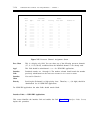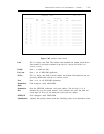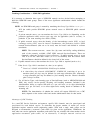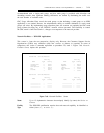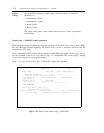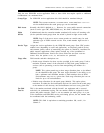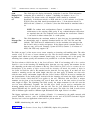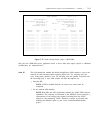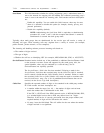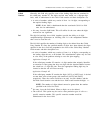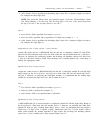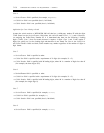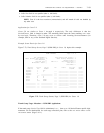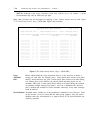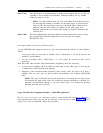
7-134
ADMINISTRATION OPTIONS AND REQUIREMENTS — GENERIC 1
Send Name
This field determines whether the calling (originating) party’s administered name is
sent to the network for outgoing calls and whether the connected (answering) party’s
name is sent to the network for incoming calls. Field encodes and their descriptions
are:
y
n
Enable this capability. You can enable this field; however, there may be cases
where it is desirable to disable this option (for example, security, privacy, and
personal preference).
Disable this capability (default).
NOTE: Administering the Send Name field is equivalent to administrating
procedure 012, words 1 and 2, with the exception that Generic 1 cannot be
administered to transmit the trunk group name.
Typically, those trunk groups that are administered for cbc service type will receive a variety of
incoming call types. These incoming calls may originate from a variety of sources (for example,
public network, private network, or host computer).
The incoming call handling software processes incoming calls based on:
●
●
●
The number of digits received
The type of digits
Whether the call has an identifying NSF (for example, MEGACOM 800, SDN, or ACCUNET)
Service/Feature
Permitted entries include any of the predefined or additional Services/Features listed
on the
NETWORK FACILITIES screen and supported by this trunk group. Also, the
special identifier, other, may be translated (as a catch-all entry) for all
Services/Features not explicitly specified.
The Service/Feature field is the first item searched. Following a match in the
Service/Feature field, then the associated entry for the Called Len field is searched,
and if a match is found then the Called Number field is searched. Failure to match
the associated Called Len or Called Number will cause the search to continue to the
next Service/Feature entry. (For a list of predefined Service/Features that can be
received, see the Service Type field description.)
Called Len Specifies the expected number of digits to be contained in the called-party number
IE. Field encodes and their descriptions are:
●
●
A number within the range (0 to 16) — the number of digits received must
match the number that is administered in this field.
If the IXC is AT&T and if the ISDN network service is MEGACOM 800, SDN,
or a switched digital service, then a 4ESS may deliver from 0 to 7 digits.
Therefore, if the service is correctly provisioned, then the proper number (and
required number) of digits will be delivered to the switch.
No entry, leave the field blank. This will suffice for the case where the number
of digits received is not significant.



